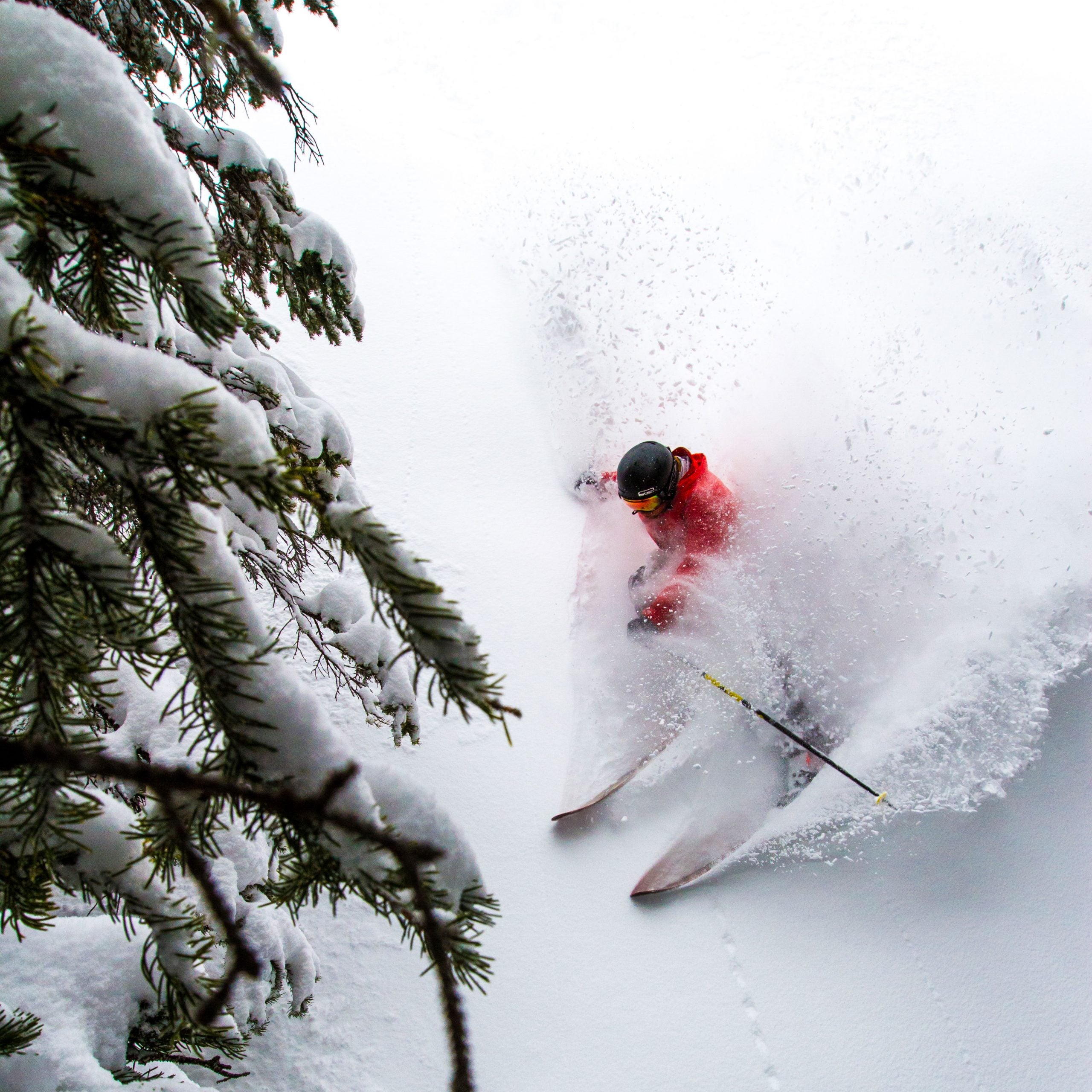Storm Chasing
Where and how to ski fresh snow
Oh, Canada
There are a few reasons why Vail Resorts just shelled out $1 billion for British Columbia’s Whistler Blackcomb. Not only is it North America’s largest resort (8,171 acres), but it’s also consistently among the highest rated in skier polls. Those votes take into account everything from après options to the quality of the grooming, but we’re focused on the 451 inches of snow that falls annually, filling in the couloirs off Whistler’s Peak Express and the steeps hidden behind the Spanky’s Ladder boot-pack on Blackcomb Mountain.
About that après, though: it’s pretty great. Go for pitchers of sake margaritas at Sushi Village, or shoot vodka samplers in a Canada Goose parka in Bearfoot Bistro’s Ice Room, which is chilled to an arctic-like 25 below to help the booze go down.
Big Bird
Snowbird, in Utah, is a mountain for serious riders looking for serious snow—the hill gets more than 500 inches, on average. Since it’s tucked up high in Little Cottonwood Canyon, there’s not a lot to do apart from ski. But on-slope, you won’t care that there’s no mountain-village shopping scene. Test your skills on the Cirque and Mount Baldy, playground to some of the best rippers in the country. Intermediate terrain can be found on the back side, in wide-open Mineral Basin. Then stop for lunch or to warm up at Summit, a cavernous new restaurant. You’ll find it right where the name suggests.
Out the Gate
For the past three years running, Wyoming’s Jackson Hole has exceeded its greatest visitor total (or come close), in part because it has gotten more snow of late than any resort in the country—407 inches in 2016, a below-average year elsewhere. This season the resort installed the new Sweetwater Gondola to get skiers circulating on the mountain’s 2,500 acres more quickly. For an in-bounds taste of the area’s famed backcountry, start with the 20-minute Headwall hike—ski patrol controls it for slides, and the runs all funnel directly back to the resort.
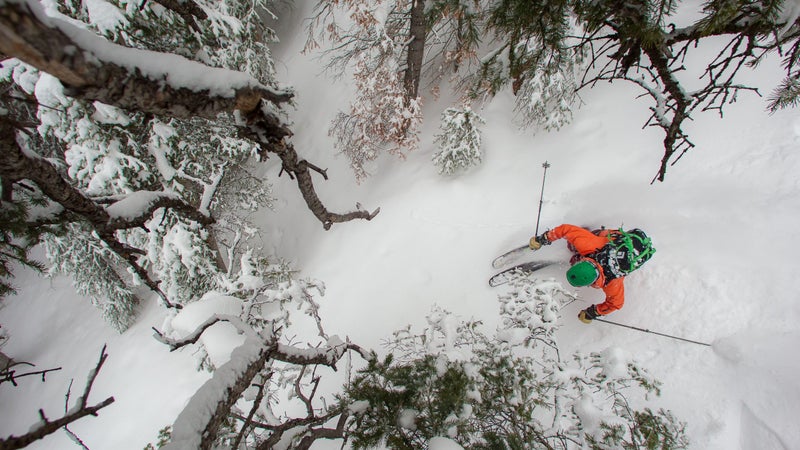
More Than the Mountain
These ski meccas have plenty going on when the lifts stop spinning
���岹������ճ���Ƿɻ�Ƿɲ���
With impeccable grooming and snowmaking, the skiing in Sun Valley is almost always good. On groomer days, rail endless turns down 3,400-vertical-foot Warm Springs. When a storm comes in, lap the wide-open steeps below the May-day lift. Recover at the brand-new , a pet-friendly, 99-room property in the heart of downtown Ketchum (from $375), steps from the new Warfield Distillery and Brewery, which serves up vodka and gin made on site. For fun on a different surface, go for a skate on the manicured rink at the Sun Valley Lodge ($18, if you need skates), or check out the scrappy, nearly two-acre Christina Kelley Outdoor Ice Rink, where admission and skates are both free.
Southwest Slopes
Northern New Mexico’s Taos Ski Valley is known for its challenging terrain, especially with the 2015 opening of the lift to expert-only Kachina Peak. This year the on-slope improvements continue, with glading in the steeps of Wild West, Ernie’s, and North America. Off-piste, the big news is the opening of the 80-room, ski-in, ski-out Blake Hotel, named after the resort’s beloved founders. Looking for a day sans ski boots? The town of Taos is a sunny, Southwest-flavored arts and cuisine draw all its own. Get cultured at the Harwood Museum—the modern collection includes a stunning gallery of longtime Taos resident Agnes Martin’s paintings—then dine at the Love Apple, a farm-to-table restaurant in an old adobe church. Or spend a day soaking at , an hour’s drive west (from $20).
Choose Your Own ���ϳԹ���
The only thing Aspen doesn’t offer? Long lift lines. After Christmas week, it’s rare to wait at any of the Colorado mecca’s four mountains—Snowmass for long cruising, Highlands for challenging steeps, Buttermilk for mellow fun (plus freestyle features good enough for the X Games), and Ajax itself for varied, top-to-bottom runs. Looking for a nonskiing adventure? Rent a fat bike at Ute City Cycles ($95) and ride the iconic Maroon Bells road—it’s closed to cars in winter but still groomed. For something mellower, head to the world’s fanciest pot shop, Silver Peak Apothecary. The store grows at least ten strains in its warehouse 20 miles down the road—see if you can tell the difference and report back.
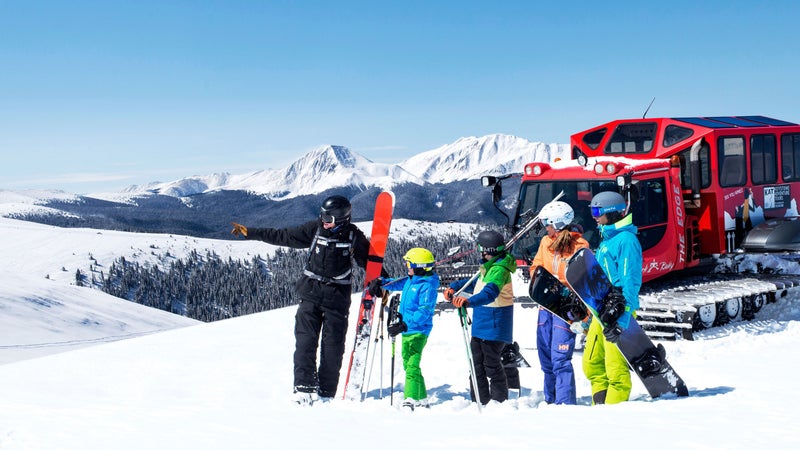
Bring the Brood
Where to go with little rippers
At Your Service
Deer Valley, in Park City, Utah, has earned its upscale reputation with meticulous grooming and a hard cap of 7,500 skiers per day. That same attention to detail extends to its children’s programs. There’s a trail map just for kids, and the Children’s Center does double duty as a ski school and state-licensed child care, meaning parents can drop off kids as young as two months while they lap Deer Valley’s fussed-over snow. Looking for a bigger adventure while the little ones are taken care of? Try the Ski Utah Interconnect, a tour of the high Wasatch that starts at Deer Valley and traverses five of the area’s other resorts. The uphill is accomplished almost entirely via ski lift (guided trips, $395; skiutah.com).
One With Everything
The challenge: you like to rip, but your kids are still mastering the snowplow. The answer: Keystone, a family-minded Colorado mountain that offers vastly under appreciated advanced runs. Sign your tots up for group lessons ($182), then head out to North Peak to bomb the 1,600-foot-long steeps off the Santiago Express chair. Once you’re warmed up, catch a cat ride ($10) at the top of the Outback Express chair to access open faces in the North and South Bowls. Better yet, go all in on a full day of guided cat skiing in more than 800 acres of backcountry-like terrain (translation: it’s patrolled but never groomed) with Keystone ���ϳԹ��� Tours, including lunch, an avalanche beacon, and powder boards ($275). Get everyone together in the afternoon for climbing in the on-mountain snow fort and Saturday parades at the base followed by fireworks. —Michael Roberts
Colorado’s Magic Kingdom
We’ve heard Vail dismissed as the Disney World of ski resorts. Regulars in the Back Bowls beg to differ, besides which, who doesn’t love Disney World? With the town’s Austrian-village-inspired, pedestrian-friendly layout, it’s a skier’s fantasyland. The winding streets are packed with shops and restaurants like Mountain Cupcakes and the 20-stool, counter-serviced Little Diner. Try the pannekoeken—a kind of Dutch pancake—for a breakfast kick-start before checking the kids into their lesson (from $200) and sneaking off to shralp the definitely-not-Disney terrain in the mostly ungroomed Blue Sky Basin.
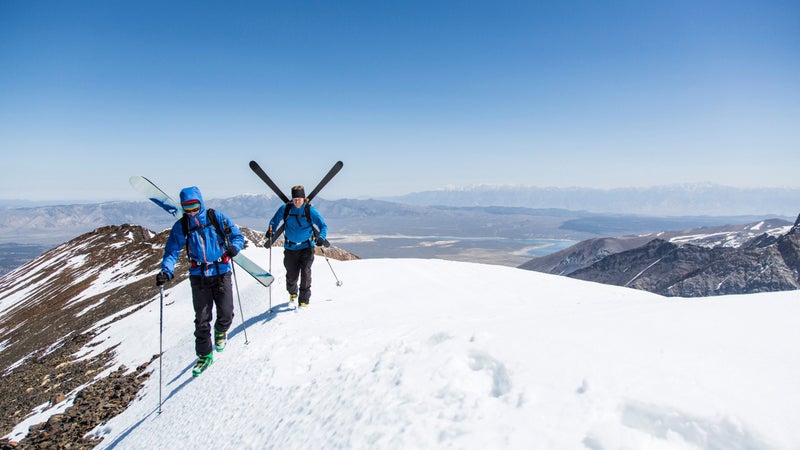
Surgical Strikes
Ski trips optimized for city dwellers
California Love
Mammoth is the closest major resort to Southern California. That said, it’s a 300-mile drive from Los Angeles. Here’s why Angelenos should buy a season pass anyway: it’s usually open through June, if not July 4th, and riding that late-season Sierra corn snow is a pinnacle skiing experience. So is catching one of the area’s legendary 40-inch snowstorms. And so is sending it in one of the mountain’s 13 freestyle parks or four halfpipes. Plus, things get even better this year for the freestyle crowd. The resort is unveiling more than 100 jumps and features on the steep, ungroomed slopes of Hemlock Bowl, some of its best expert hike-to terrain. The idea is to meld freestyle progression with a backcountry feel, so crank up your DIN setting and huck.
Sierra Club
There are 14 major ski resorts around Lake Tahoe, just a few hours from the Bay Area. Our favorite? Squaw Valley Alpine Meadows, which merged in 2015 to unify over 6,000 skiable acres, with a 15-minute shuttle ride between them. With its Olympic legacy (1960), notorious steeps like Little Alaska and the Palisades, and generations of pro-skiing legends, Squaw gets most of the attention. Don’t forget Alpine Meadows, though, which has similar terrain, like the Chute That Seldom Slides, without the hype and crowds. Après, the action is all at Squaw: we recommend grabbing a spicy tuna roll and a can of Budweiser for $5 at Mamasake Sushi and Sake’s happy hour.
�²������ٳ������´DzԻ�����
Flying into Salt Lake and skiing Park City on the same day is a cinch, since the resort is just 25 minutes from the airport. Harder is skiing all 7,300 acres of the country’s biggest resort. Thanks to the $50 million in improvements new owners Vail Resorts completed last year, every one of the 41 lifts hums along at a modern, speedy rate—fast enough to absorb the increase in Epic Pass–holding skiers. Off day? Watch the pros train at , built for the 2002 Games, and even ride down the track in a bobsled yourself ($175).
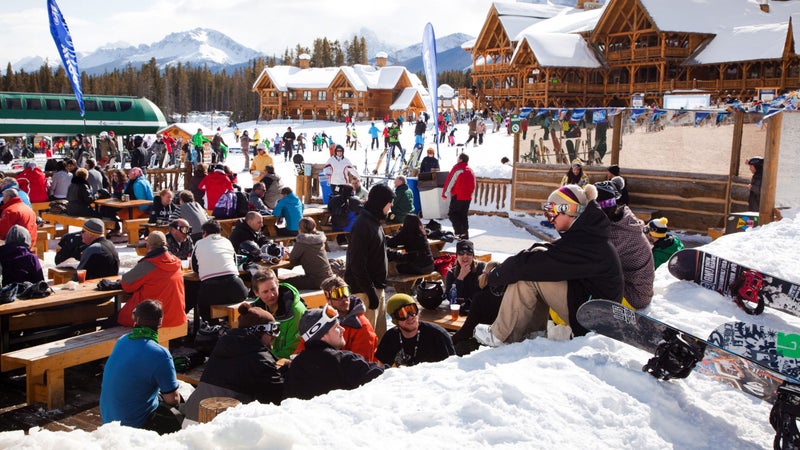
Under the Radar
You already paid for it. Now check out some of those lesser-known hills.
Quebec’s Mont Tremblant, included in the M.A.X. Pass, annually tops most East Coast ski rankings for its impressive vertical (2,116 feet). The best reason to go, though, may be its French-influenced cultural immersion, especially at mealtime—try La Maison de la Crêpe for breakfast and fondue at La Savoie for dinner.
For a resort that hosts annual World Cup downhills, Banff’s Lake Louise keeps a surprisingly low profile. Included on the Mountain Collective Pass, the resort’s steep terrain and unparalleled Northern Rockies scenery are worth crossing the border for. Take a trip down run number one after Ted Ligety and company have their turn.
Checking Alaska heli-skiing off your bucket list? Schedule a stopover at Alyeska, near Anchorage. It’s known for its steeps and huge snowfall totals, plus unforgettable views of Turnagain Arm. M.A.X. Pass holders are entitled to five days of skiing; Rocky Mountain Super Pass holders get three.
Midwestern Epic Pass holders should keep their skills sharp between long weekends out west with visits to a pair of Midwestern resorts. Mount Brighton, near Detroit, is on the roster, and Vail is pouring $13 million into Wisconsin’s Wilmot Mountain, between Chicago and Milwaukee.
Golden Tickets
How to make the most of your winter in the age of the multi-resort mega-pass
There’s never been a better time to travel for skiing, thanks to a proliferation of multi-resort passes that offer big savings. Almost every American resort is involved in at least one pass alliance, and in each case you’ll cover the cost by skiing fewer than five days.
M.A.X. Pass
For $749, you get five days apiece at 39 different mountains, including Killington, Loon, Steamboat, Solitude, Big Sky, and Crested Butte. Have a season pass to a participating mountain? Upgrade it to a M.A.X. Pass for an extra $399.
�ѴdzܲԳٲ���������DZ����پ�����
The 17-resort roster, spanning Aspen, Alta, Chamonix, and Japan’s Hakuba, just added Telluride and Revelstoke. Most participating resorts offer two days of skiing for holders of the $419 ticket; additional days at domestic resorts are 50 percent off. Bonus: you can add a kid under 13 for $99.
Epic Pass
Vail Resorts’ ticket gets you unlimited skiing at 13 resorts, including Park City, Beaver Creek, Breckenridge, and Kirkwood. This season they’ve also added between two and five days at an incredible 30 European resorts in Austria, France, Italy, and Switzerland, all for $829.
Rocky Mountain Super Pass
Looking for an excuse to ski in the Land of the Rising Sun? For $609, the Super Pass is good for a week apiece at three different Japanese resorts, as well as unlimited skiing at Copper Mountain, Winter Park, and Eldora, and limited skiing at Steamboat and Crested Butte.


